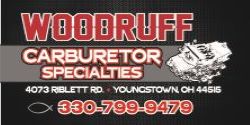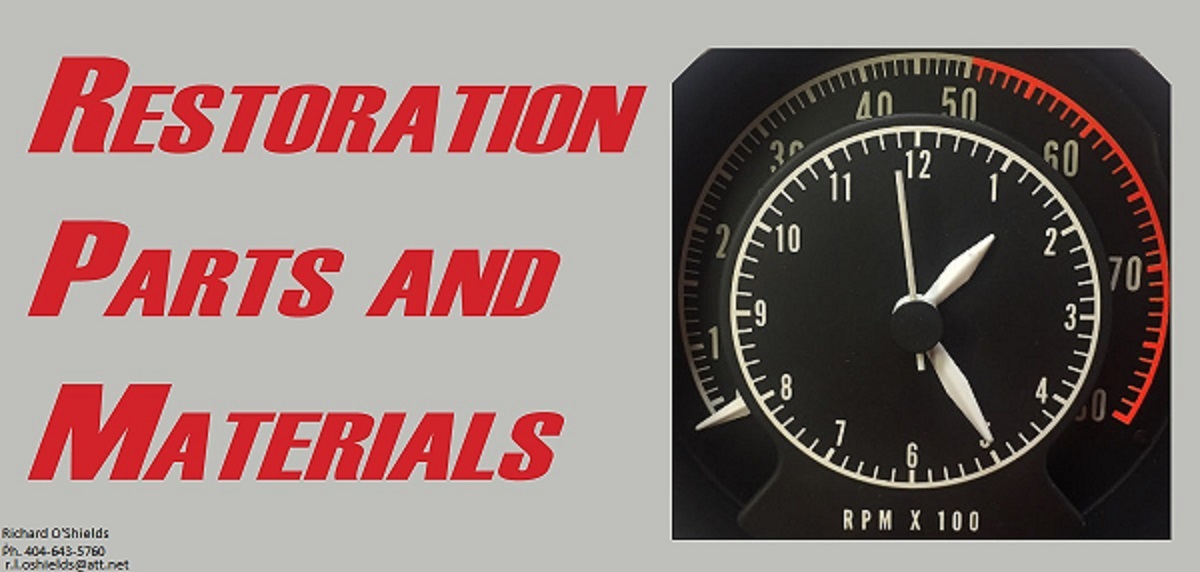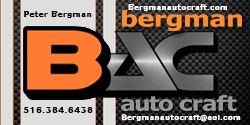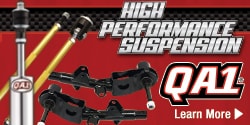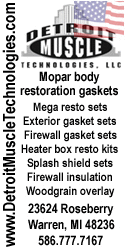I'm talking about this:

See how the C pillar goes from wide to narrow, top to bottom? Does anyone know the history behind it? Personally, I've never been a fan of these kinds of C pillars, they always just made the cars look weird to me. Always thought they'd look better if they were narrow at the top, wide at the bottom.
See how the C pillar goes from wide to narrow, top to bottom? Does anyone know the history behind it? Personally, I've never been a fan of these kinds of C pillars, they always just made the cars look weird to me. Always thought they'd look better if they were narrow at the top, wide at the bottom.

